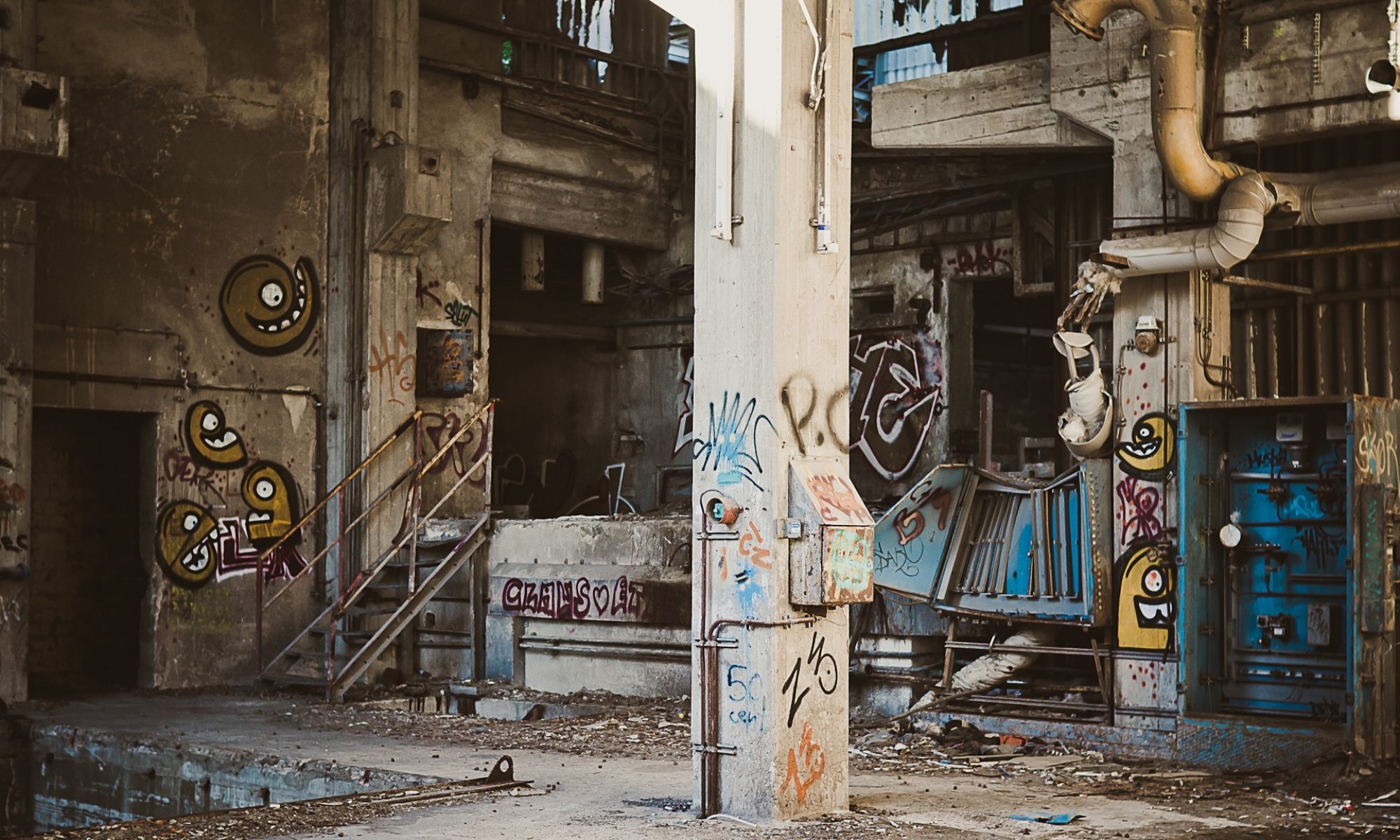At the heart of every quality or safety system (e.g. ISO 9001) is a commitment to continual improvement and, to be perfectly honest, we have always thought this is a bit of a nonsense. Putting aside any argument over ‘perfect’ being the enemy of ‘good enough’, any commitment to continual improvement implies that the service we offer today is deficient in some way and requires rectification. We think it would be far better to base a quality system on a commitment to periodic, critical review with improvement only when there is definite, tangible benefit. And it was the result of just such a review that prompted us to make an important ‘behind the scenes’ change in our laboratory.
Our laboratory instruments require a pure hydrogen supply in order to detect contaminants in concentrations as low as parts per billion. For the last 15 years, we have used hydrogen supplied in pressurised cylinders. But the cylinders represent a very significant risk in the event of a fire. In fact our local fire bridgade consider the risk of the cylinders exploding to be so high that, in the event of a fire, they would refuse to do anything other than evacuate the area and wait for the fire to run its course.
Our review highlighted this as the single, biggest risk facing our comapny. So, after researching alternative options, we have now switched our laboratory to using hydrogen which we generate on demand. This means we no longer store any hydrogen in bottles, making us all feel a lot safer. We think this is how quality or safety systems should work.
